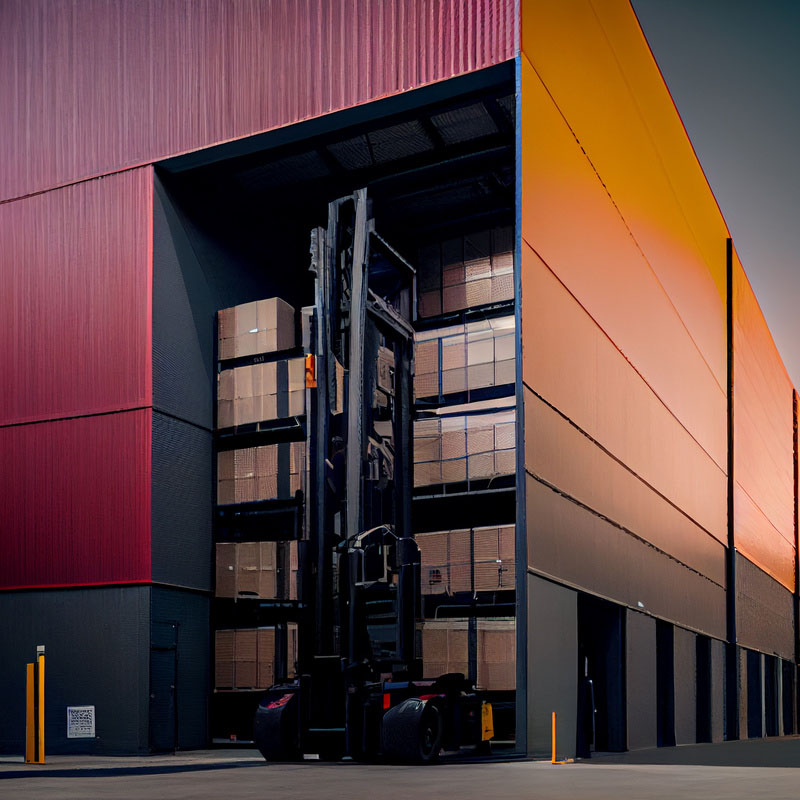
Definition, tasks and methods & examples
Supply chain management and logistics are often mentioned in the same breath. Yet SCM is far more comprehensive. It is not just about optimizing and controlling the entire logistics chain, but about process control and improving the entire value chain.
SCM therefore begins with the extraction of raw materials, continues through production and refinement, and ends with delivery to the end customer. Specifically: with supply chain management, information flow, material flow and financial flow are to be perfectly coordinated and optimized.
What is supply chain management?
Supply Chain means in German translated: Value chain. Consequently, the aim is to manage the value chain efficiently. SCM is often equated with logistics management, which it occupies a large area within optimization. However, there is no real core point. Supply chain management is interdisciplinary and dares to think outside the box.
A more technical definition of the term is provided by the CSCMP:
“Supply chain management includes the planning and management of all purchasing and procurement activities, changeover, and all logistics management activities. It is also important to coordinate and collaborate with distribution partners, which can be suppliers, intermediaries, third-party vendors and customers. Essentially, supply chain management integrates supply and demand management within and between companies.”
What is the difference between supply chain and logistics management?
Common to both is to increase customer value and improve the cost-benefit ratio system-wide. However, when it comes to internal company processes, modern supply chain management goes much further. All business management areas are linked: purchasing, production, distribution, marketing, controlling, sales, etc.
Why is supply chain management important?
Basically, SCM revolutionizes the classic principle of division of labor. Whereas in the past, work steps were divided among different workers, today it is global companies that allocate different subtasks within a value chain.
The special thing about it is that in cooperation the companies produce more, faster and cheaper than a single company, where all the steps take place. In addition, new markets can be developed through careful, integrated planning.
Goals – optimization and cost reduction
The entire value chain is designed to be cost-efficient and customer-oriented with the help of SCM. To achieve these main goals, we talk about 5 sub-stages:
1. reduction of storage costs
2. Flexible supply just-in-time
3. reduction of inventories within the chain
4. Shorter process time
5. Reliable delivery processes
Zara – an example of successful supply chain management
Inditex, one of the largest textile companies in the world, which owns the fashion chain Zara, for example, recently showed how to approach supply chain management properly. Background: Many fashion brands have cheap production in China, but have a complicated supply chain to manage. Producing and selling fashion trends quickly is a risk when the goods first have to travel halfway around the world.
Inditex does it smarter. The company has over 50% of its goods produced in Spain, Portugal and Morocco. Production costs are higher, but supply chains are much shorter. In this way, the company can react faster and more flexibly to trends and does not have to speculate at high risk. Production only starts when you know what the customer will buy. On a regular basis, Inditex is able to sell its merchandise at full price, keeping inventories low.


